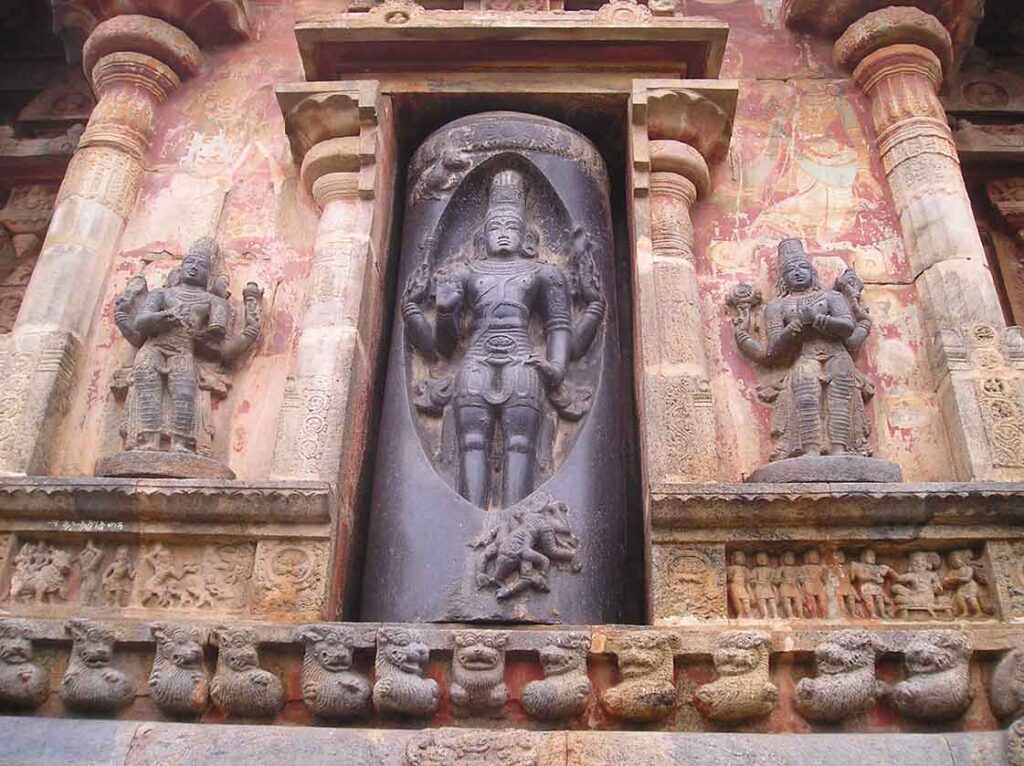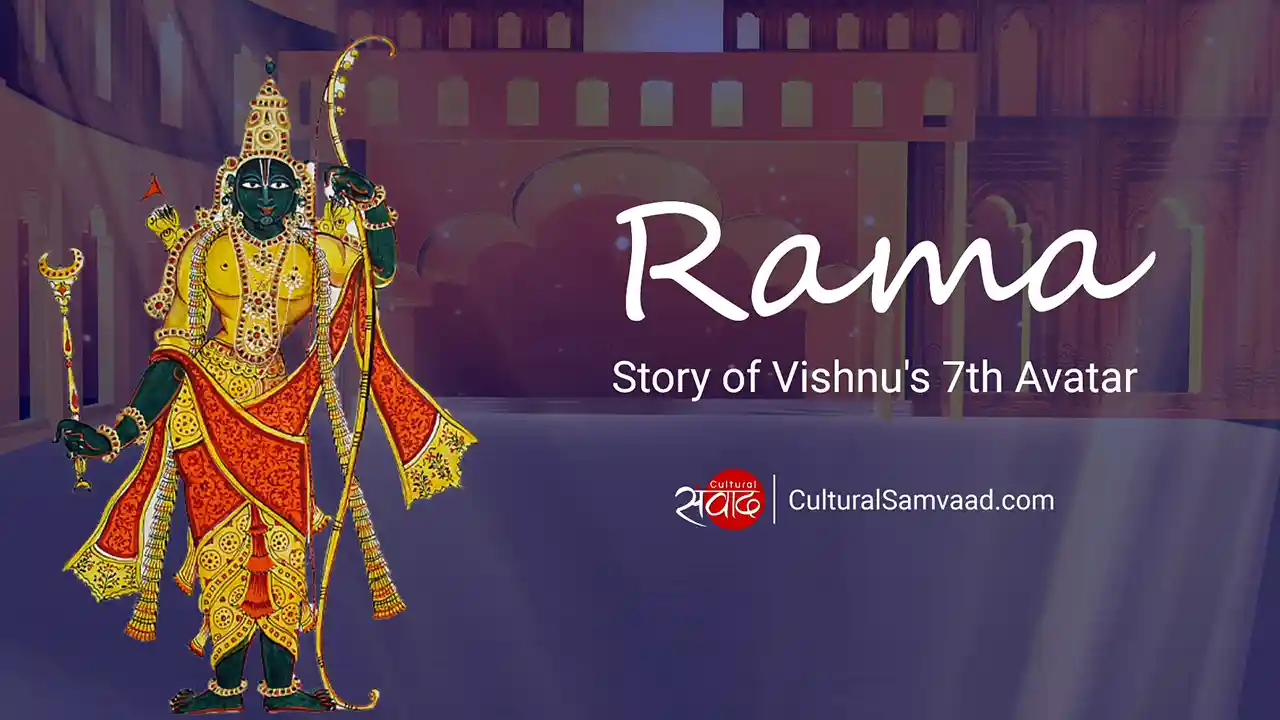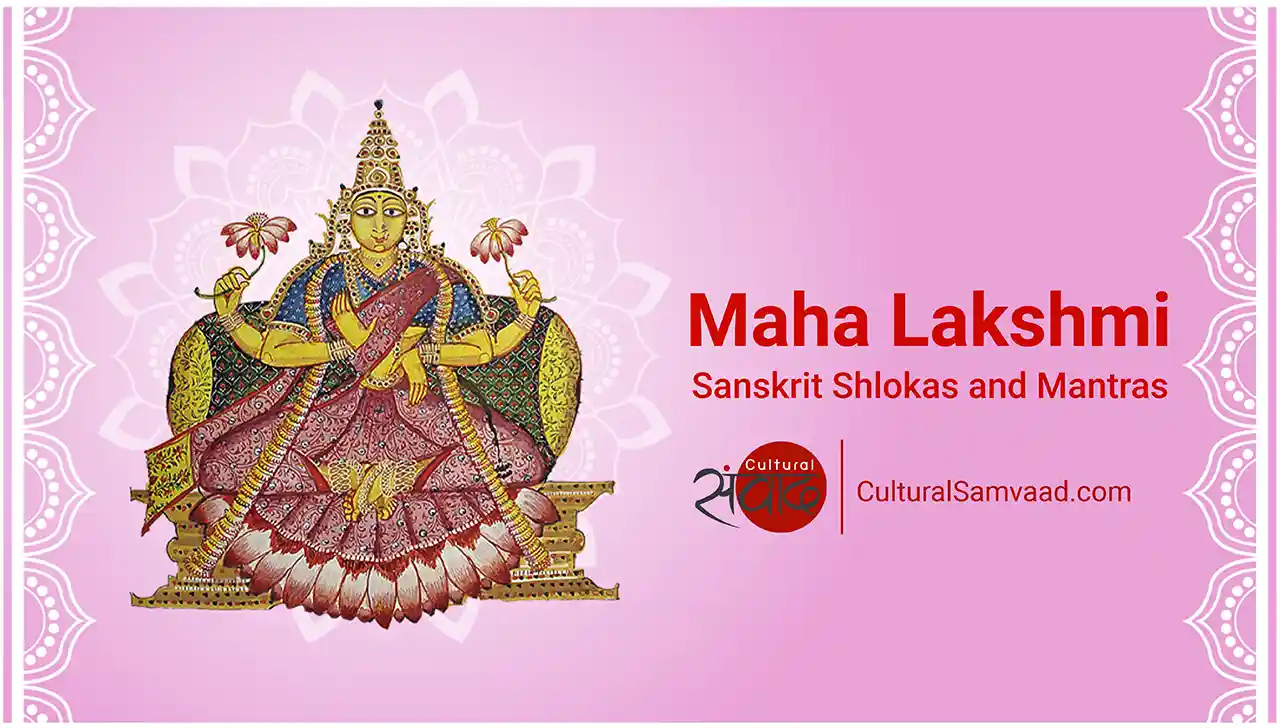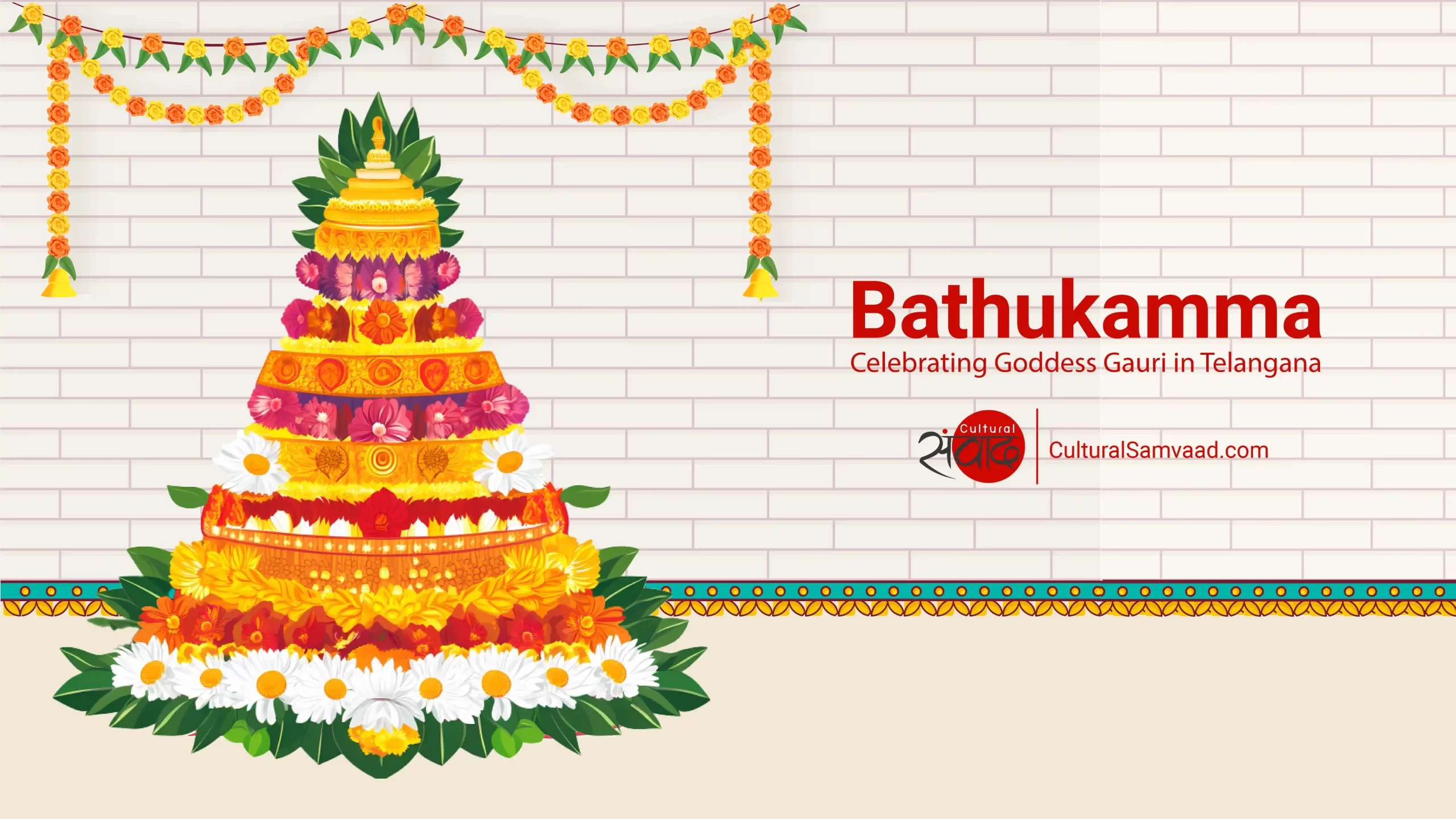Join Cultural Samvaad’s WhatsApp community
What is the meaning of your Lord,
standing as a pillar of fire,
reaching from the nether regions to the sky,
that Brahma and Vishnu may not know Him?
reaching from the nether regions to the skies,
had he not stood so,
both of them on account of their altercation between them,
would never have shed their egotism…
He who creates, protects,
And destroys the verdant world,
The primeval One…
Manikkavachagar’s Tiruvachakam – 9th Century CE (Translation: Mowry, 1983)
This evocative devotional poetry written centuries ago in Tamil undoubtedly refers to the famous story of Lingodbhava Shiva which describes the appearance of the intranscendent Mahadeva Shiva in the form of a transcendent linga. The story is found in many Puranas with some variations. We have presented a generally accepted form of the story.
Read the Many Stories of Shiva
Why is Shiva worshipped in the form of a linga? The Story of Lingodbhava Shiva…
Long, long ago, the universe as we know it, had not been created. There were dark waters all around. One day, Vishnu and Brahma started quarrelling over who was superior. Unable to settle the dispute, they approached Shiva for help.
Shiva transformed into an ever-expanding pillar of light and appeared in front of them in this resplendent form. It was decided that whoever could locate even one end of this seemingly infinite pillar would be considered greater. Brahma took the form of a swan and flew above in the endless skies to look for the upper end while Vishnu assumed the form of Varaha or a boar and dived deep down into the vast oceans to search for the bottom.
Needless to say, neither of them succeeded in their endeavour. However, Brahma was not willing to give up. He, the creator of the universe, convinced the ketaki flower to vouch on his behalf and state that he had found the upper end. Shiva was enraged with this blatant untruth and cursed both Brahma and the ketaki flower. As a result, Brahma is not widely worshipped anymore and the ketaki flower is not offered to Shankara.
Since that time, the unmaifest Maheshawara who emerged as a column of light is worshipped as a manifest linga. The dazzling and resplendent column of light reminds us that he and his grace are infinite and he helps his devotee to navigate the treacherous path from ignorance to knowledge (agyaan to gyaan), from darkness to light and from mortality to immortality.
Lingodbhava Shiva and the Jyotirlingas
Jyoti is the Sanskrit term for light and since Shiva is believed to have manifested as a column of light, the linga and jyoti are linked inextricably to the 12 resplendent jyotirlingas that are considered sacred as per Hindu tradition and are spread through the length and the breath of India’s holy landscape.
Lingodbhava Shiva in Temple Art
The story of Maheshwara’s appearance as a column of light has been richly illustrated in sculptures across the temples of India, especially in the southern states.


Lingodbhava Shiva and Festivals
Mahashivratri (celebrated in February-March) and Karthigai Deepam (celebrated in October-November) are the two most important festivals that are associated with the beautiful legend of Shiva’s manifestation in the form of a self-effulgent linga.
Om namah shivai.






Add comment